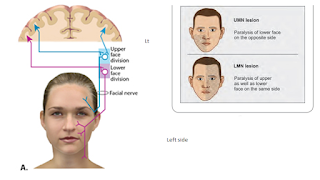Difference between location, functions & development of different skin cells
Difference between location, functions & development of different skin cells Cells of skin Location Functions Development Keratinocytes New skin cells develop at the bottom layer of your epidermis (stratum basale) and travel up through the other layers as they get older. It forms barrier against environmental damage by heat, UV radiation, dehydration, pathogenic bacteria, fungi, parasites, and viruses. Surface ectoderm Melanocytes Stratum basale Melanocytes are well known for their role in skin pigmentation, and their ability to produce and distribute melanin has been studied extensively Neural crest Langerhans cells Stratum spinosum These cells act as the outermost guard of the cutaneous immune system and are likely to induce the first reactions against pathogens encountered via the skin Feta

